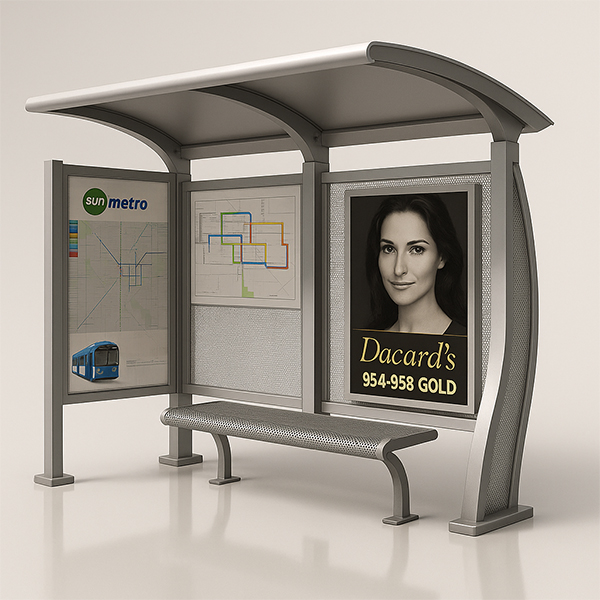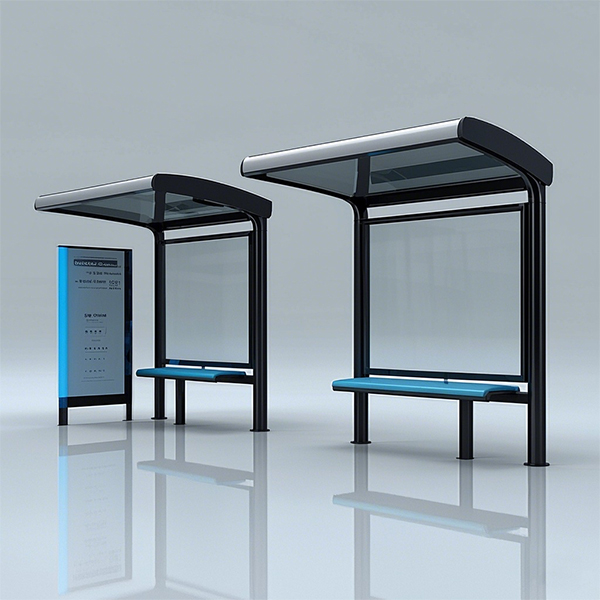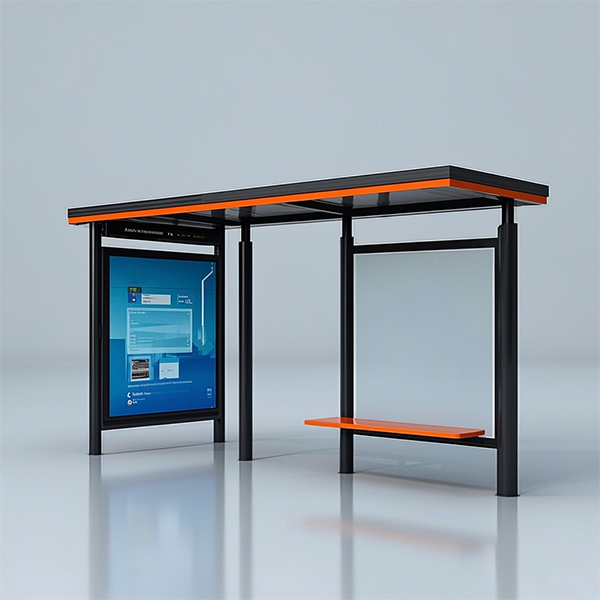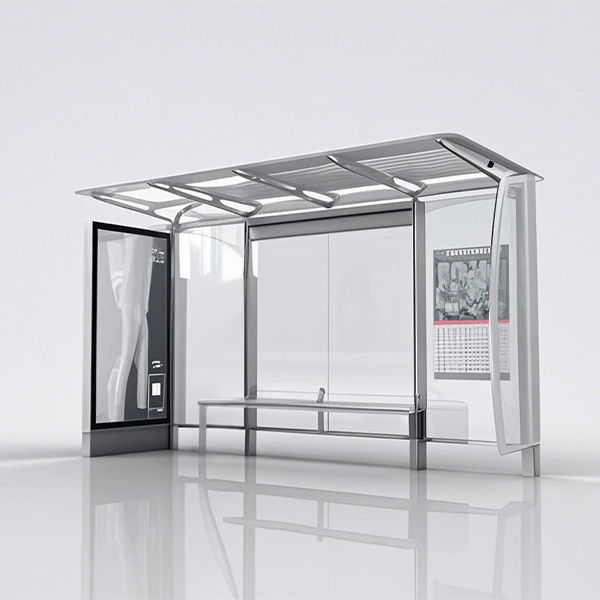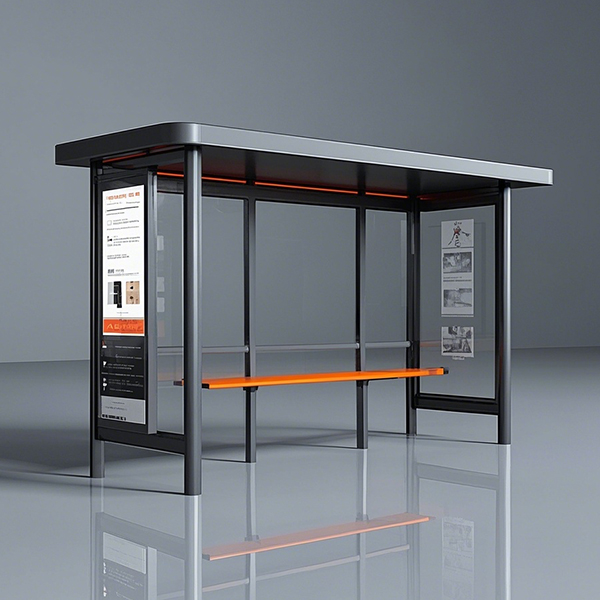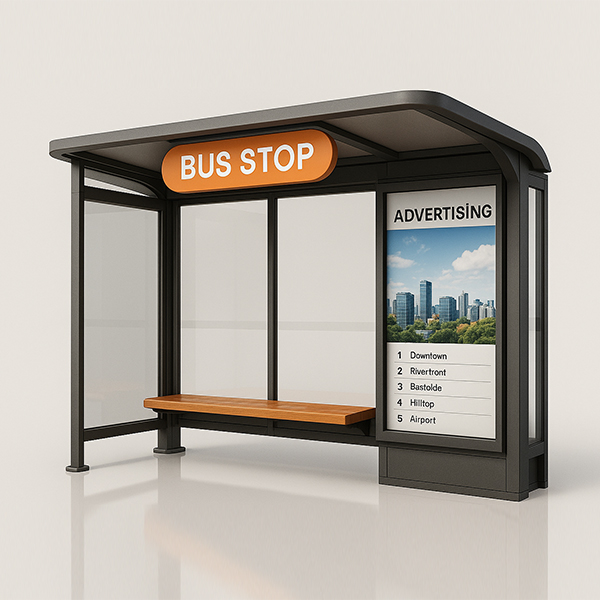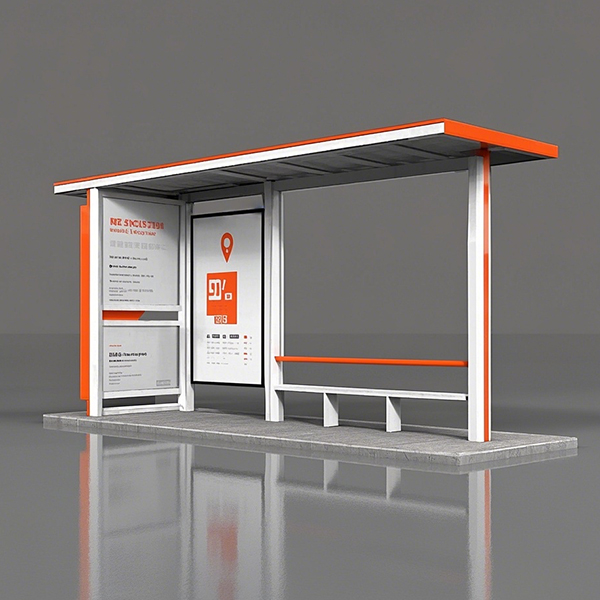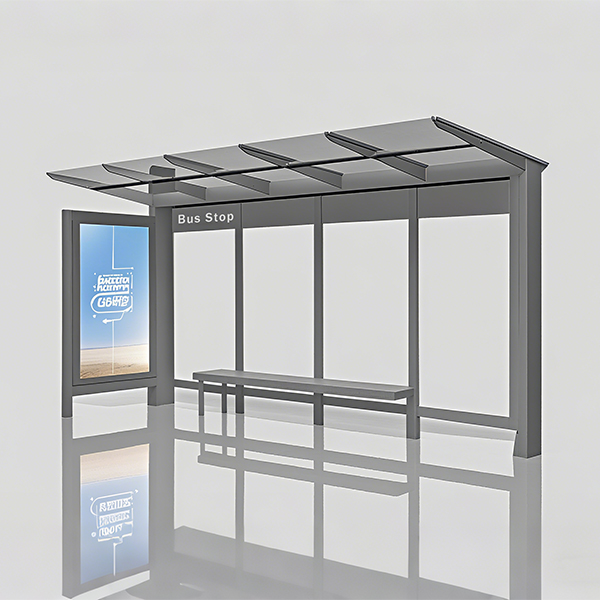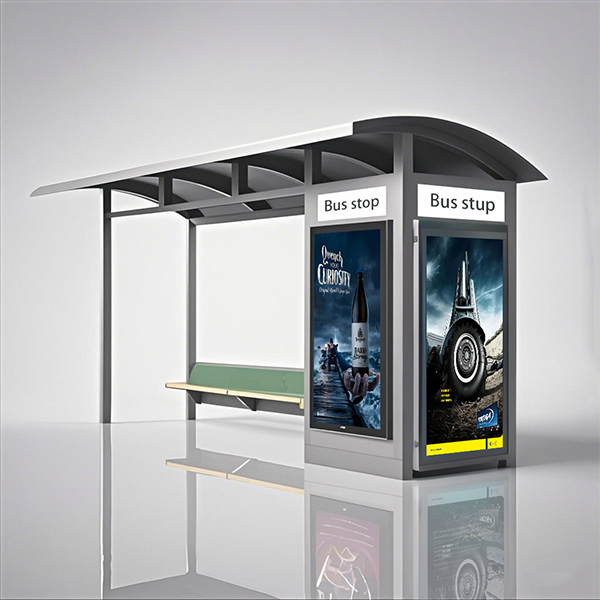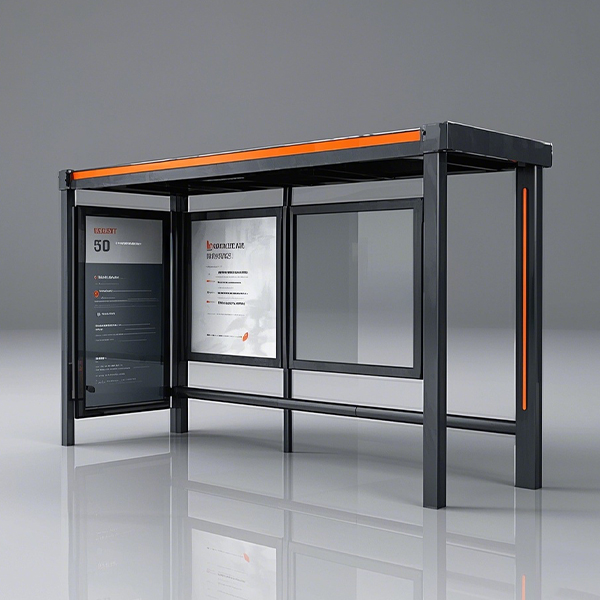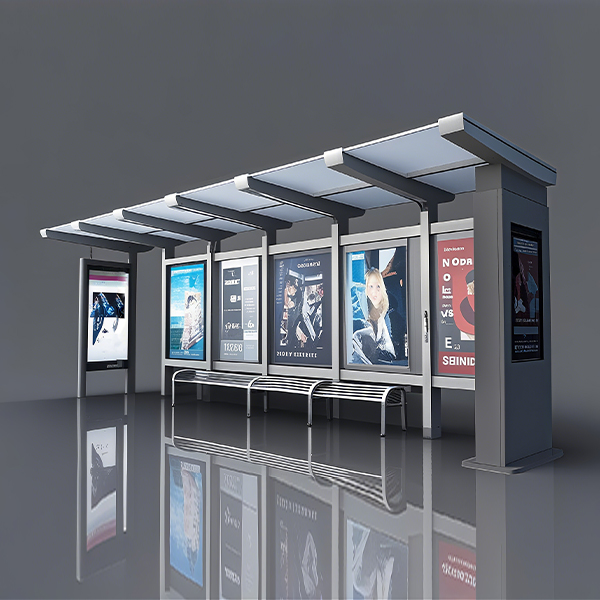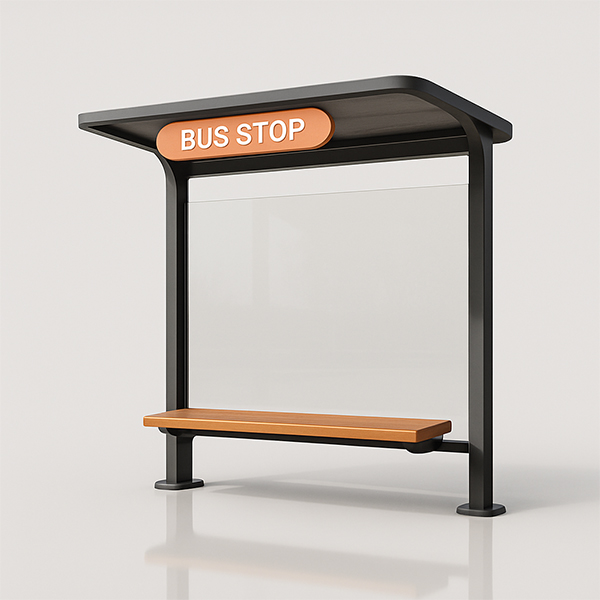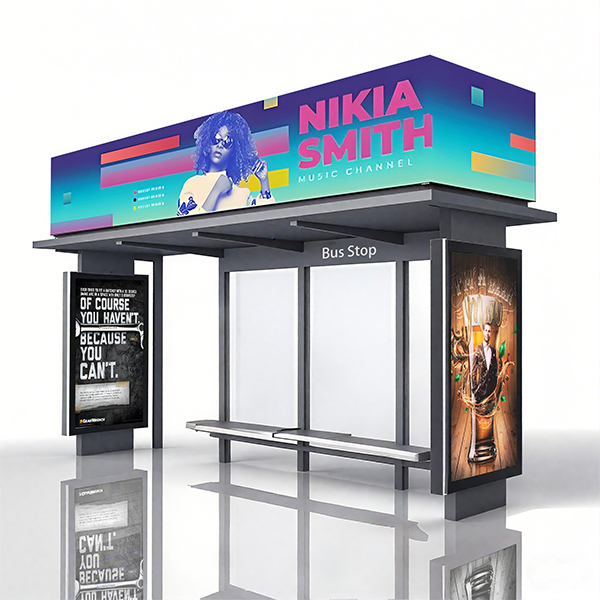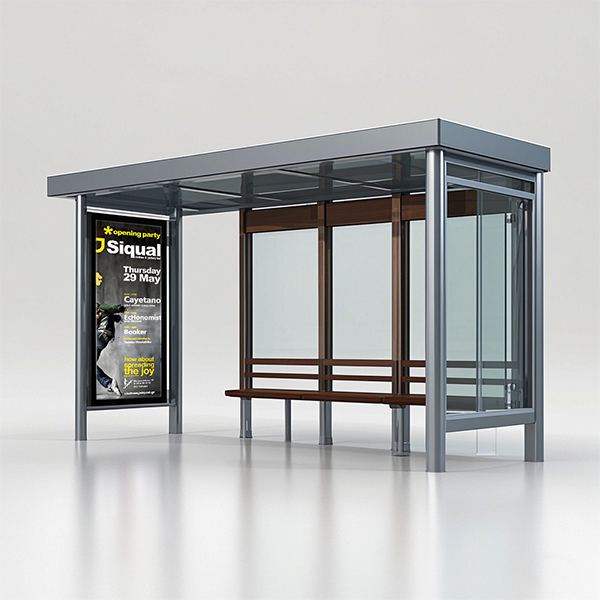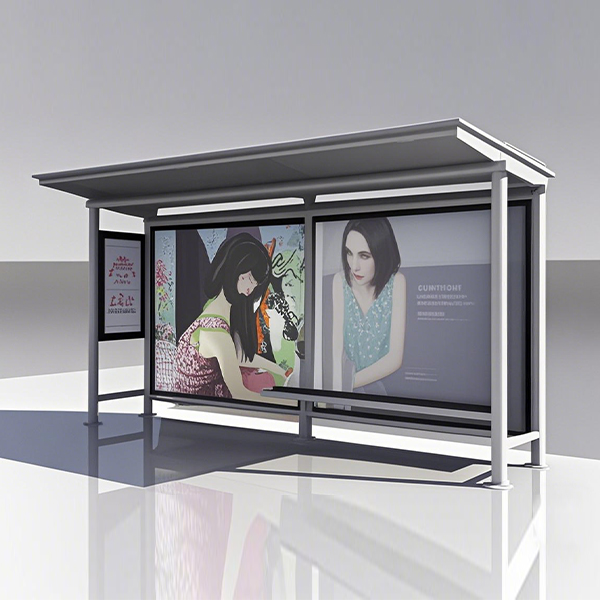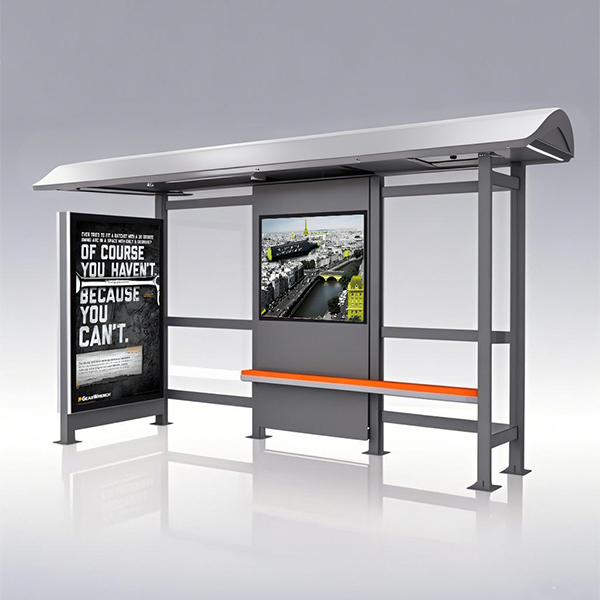
bus stop design plan
This guide provides a detailed overview of bus stop design planning, covering key considerations from initial concept to final implementation. We'll explore essential aspects like accessibility, safety, aesthetics, and sustainability, offering practical advice and real-world examples to help you create effective and user-friendly bus stop design plans.
Understanding the Importance of Effective Bus Stop Design
Well-designed bus stops are crucial for efficient public transportation. A poorly planned stop can lead to overcrowding, safety hazards, and a negative passenger experience, ultimately impacting ridership. A well-designed bus stop, however, improves passenger comfort, safety, and overall public transit efficiency. This involves considering factors beyond simple shelter provision, incorporating elements that enhance the passenger experience and integrate seamlessly into the surrounding urban environment.
Key Elements of a Successful Bus Stop Design Plan
Accessibility
Accessibility is paramount. Bus stop design plans must adhere to ADA guidelines (Americans with Disabilities Act) ensuring easy access for individuals with disabilities. This includes ramps, level boarding, clear signage, and sufficient space for wheelchairs and other mobility devices. Consider the needs of visually impaired passengers and incorporate tactile paving and audio announcements.
Safety and Security
Safety should be a top priority. Good lighting, clear sightlines, and strategically placed security cameras can significantly improve passenger safety. Consider the placement of the stop in relation to potential hazards such as busy intersections or high-traffic areas. Well-designed shelters can provide protection from the elements and deter vandalism.
Aesthetics and Integration
The aesthetic appeal of a bus stop contributes to its overall effectiveness. A well-designed stop can enhance the surrounding urban environment, complementing the local architecture and landscape. The use of sustainable materials and environmentally friendly design choices can contribute to a more visually appealing and environmentally conscious design.
Sustainability
Incorporating sustainable design principles into your bus stop design plan is crucial. This includes using recycled materials, energy-efficient lighting, and incorporating features that promote natural ventilation and minimize environmental impact. Consider the use of solar panels to power lighting and digital displays.
Shelter Design and Features
Bus stop shelters provide crucial protection from the elements. Consider the size and configuration of the shelter based on anticipated passenger volume. Features like seating, real-time information displays, and secure bicycle racks can further enhance the passenger experience.
Tools and Resources for Bus Stop Design
Several tools and resources can assist in the bus stop design planning process. AutoCAD and other CAD software are commonly used for creating detailed drawings and plans. Online resources such as the Federal Highway Administration (FHWA) website provide valuable guidance and best practices for transit planning. Remember to consult local building codes and regulations throughout the design process.
Case Studies: Examples of Successful Bus Stop Designs
Analyzing successful bus stop designs from around the world can provide valuable insights. Research different approaches to accessibility, safety, and aesthetics. Many cities have implemented innovative designs that prioritize passenger comfort and sustainability. Studying these examples will aid in developing an effective bus stop design plan for your specific needs.
Conclusion
Developing a comprehensive bus stop design plan requires careful consideration of various factors. Prioritizing accessibility, safety, aesthetics, and sustainability is essential for creating efficient and user-friendly public transportation infrastructure. By utilizing the tools and resources available and learning from successful examples, you can create a bus stop design plan that meets the needs of your community and enhances the overall passenger experience. For further assistance with your public facilities projects, consider contacting Shandong Luyi Public Facilities Co., Ltd., experts in providing innovative and sustainable solutions.
Соответствующая продукция
Соответствующая продукция







